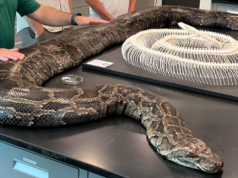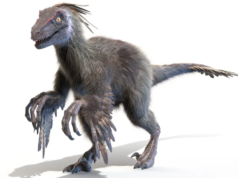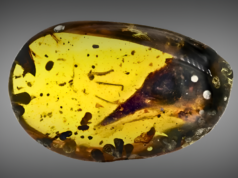
The recent discovery of a new sauropod dinosaur species, Cienciargentina sanchezi, from Argentina’s Neuquén Province stunned the paleontology world and dinosaur enthusiasts across the globe. Unearthed from the Late Cretaceous Huincul Formation, the rebbachisaurid is the first member of its family known to be approximately 94 million years old.
This finding is significant not merely because it contributes to the diversity of sauropods known from Gondwana but also because it challenges dominant narratives of sauropod evolution, extinction patterns, and ecosystem processes in the mid-Cretaceous.
The bizarre anatomical features of Cienciargentina sanchezi reflect evolutionary experimentation, which suggests that sauropods were more diverse and robust than was previously understood. This highlights the unpredictable nature of paleontology, where each new fossil can revise our history books.
The Patagonia Discovery
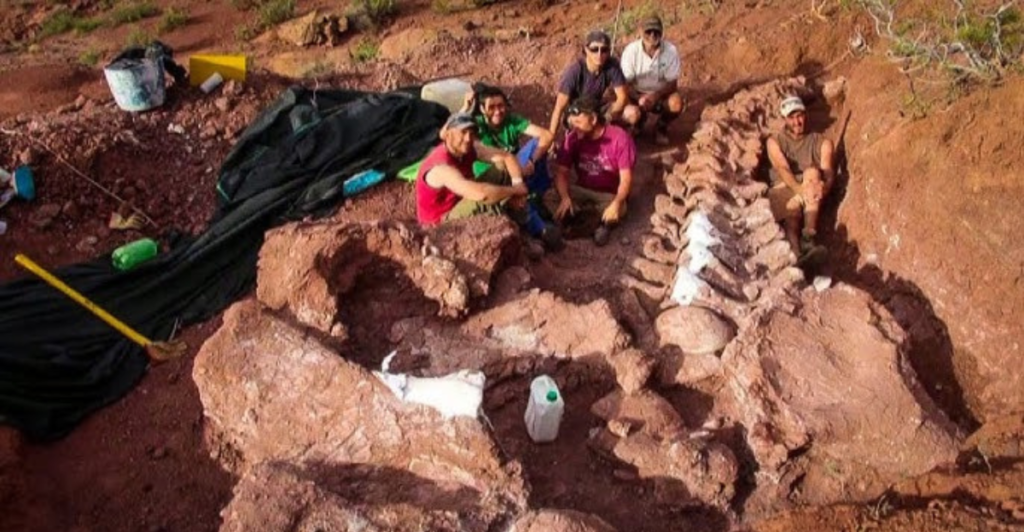
In Argentina’s badlands of fossil-rich Neuquén, a team of dedicated paleontologists unearthed fragmentary skeletons of a colossal, long-necked dinosaur that would rewrite scientific understanding of sauropod evolution.
The fossils were found at the base of the Huincul Formation, a geological formation made famous due to its unparalleled preservation of dinosaur fossils. This was particularly exciting as the specimen possessed some unique skeletal features that differentiated it from other known sauropods.
Patagonia has long been a dinosaur hotspot, with titans, such as Argentinosaurus, and apex predators, such as Mapusaurus, found in the region. But finding Cienciargentina sanchezi reminds us of the region’s ongoing importance as a mecca of information from the Late Cretaceous era’s ecosystems and evolutionary mechanisms.
Meet Cienciargentina sanchezi
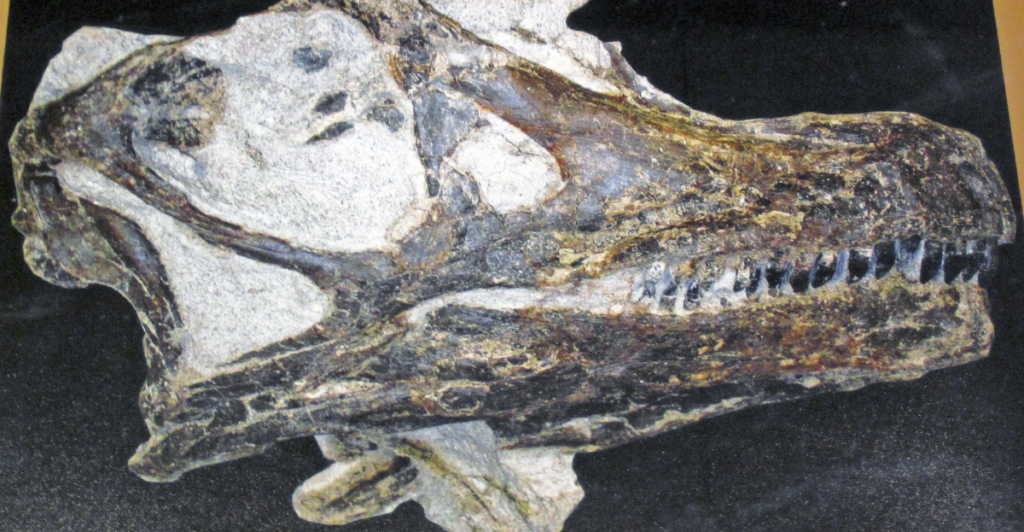
The newly discovered dinosaur, Cienciargentina sanchezi, is a member of the Rebbachisauridae family—a diplodocoid sauropod family with distinctive features that distinguish it from its better-known relatives, such as Diplodocus.
The most important thing about this find is that it is the oldest rebbachisaurid discovered so far, dating back roughly 94 million years, pushing the timeline for this group’s origins back. The fossils also exhibited a combination of primitive and derived characteristics, including specialized teeth that imply a particular diet.
The find adds to the diversity of sauropods recognized in South America and provides valuable data toward reconstructing evolutionary relationships in the diplodocoid group. The species is named in honor of Argentine science and to the paleontologist who discovered it, reflecting the collaboration inherent in contemporary paleontology.
Rebbachisaurids and Their Place in Dinosaur History
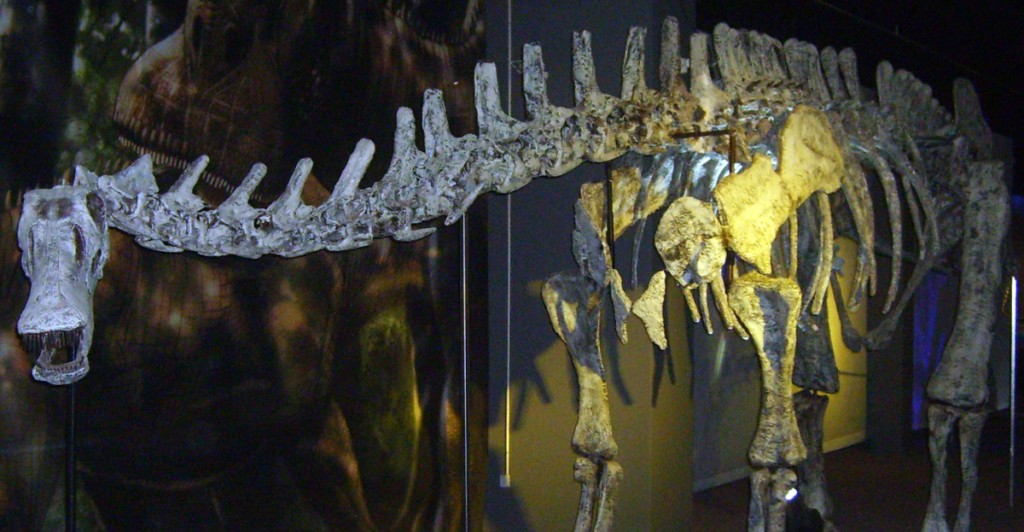
Rebbachisaurids were previously the mysterious cousins in the sauropod family tree, but recent discoveries have elevated their importance in understanding dinosaur evolution. Sauropods have been found throughout the ancient supercontinent of Gondwana, with fossils found in South America, Africa, and even Europe.
Their pneumatized bones and their unusual, sometimes serrated dentition suggest specialized herbivorous adaptations distinct from the usual sauropod feeding strategies. The discovery not only confirms the presence of rebbachisaurids in South America during the mid-Cretaceous but also suggests that they were among the last diplodocoids before titanosaurs became dominant.
This finding challenges our previous simplistic view that sauropod evolution was a linear replacement of groups, suggesting a more intricate ecological mosaic.
The Huincul Formation—A Dinosaur Graveyard
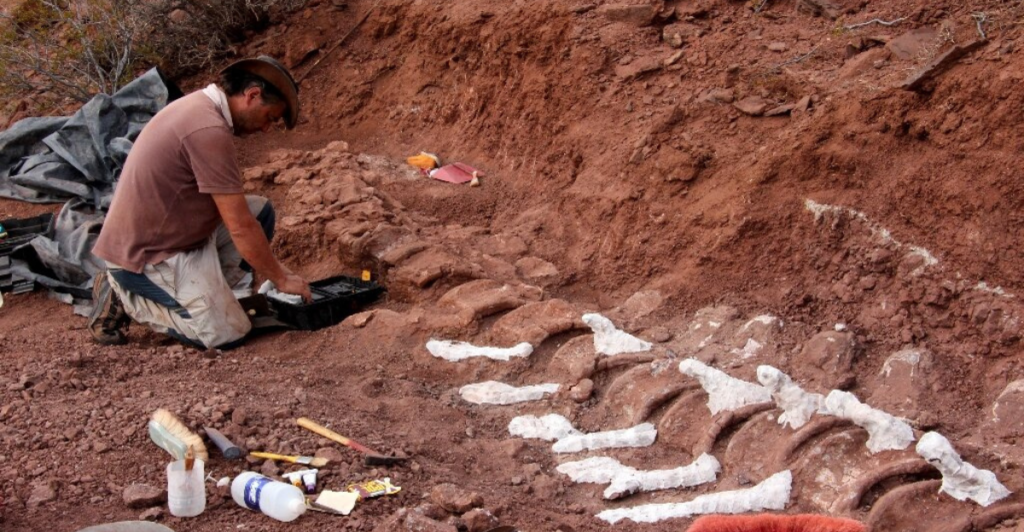
The Huincul Formation, located in the Neuquén and Río Negro provinces, is one of the richest areas in dinosaur fossils on Earth. It has yielded a diverse array of species, ranging from massive sauropods and formidable theropods to smaller reptiles, offering a snapshot of a dynamic ecosystem from 90 million years ago.
The presence of Cienciargentina sanchezi alongside other rebbachisaurids and predators, such as Gualicho shinyae, indicates that dinosaurs from this region had complex food webs and ecological niches.
Further, the sedimentary rocks hold evidence of environmental changes that most likely influenced dinosaur evolution and extinction. Therefore, studying this formation helps scientists better understand how species interacted and evolved as climates and landscapes changed during the Late Cretaceous period.
Teeth, Bones, and Evolutionary Mashups
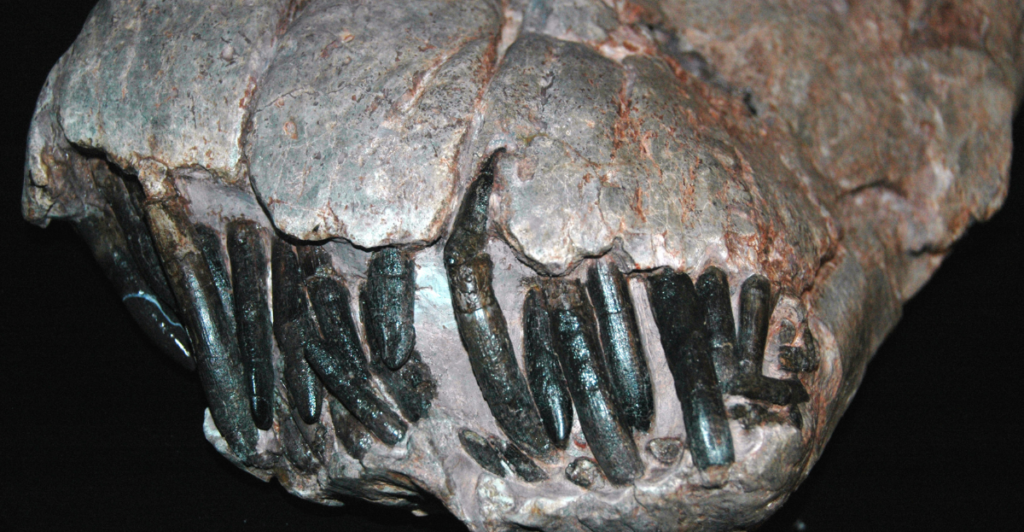
Another fascinating aspect of Cienciargentina sanchezi is its unusual dental morphology. Its teeth have a combination of traits that lie between general sauropod herbivory and specialized dentition found in other dinosaur groups, such as hadrosaurs and ceratopsians.
This incredible evolutionary hybrid contradicts long-held assumptions that sauropods were relatively conservative in their feeding adaptations. Instead, it suggests that certain sauropods tried convergent evolutionary strategies, developing tooth structures that allowed them to exploit alternative vegetation resources.
These findings highlight the complexity of dinosaur ecosystems and show that evolutionary pressures can result in similar solutions in unrelated lineages, illustrating the dynamic nature of natural selection.
Extinction and Survival
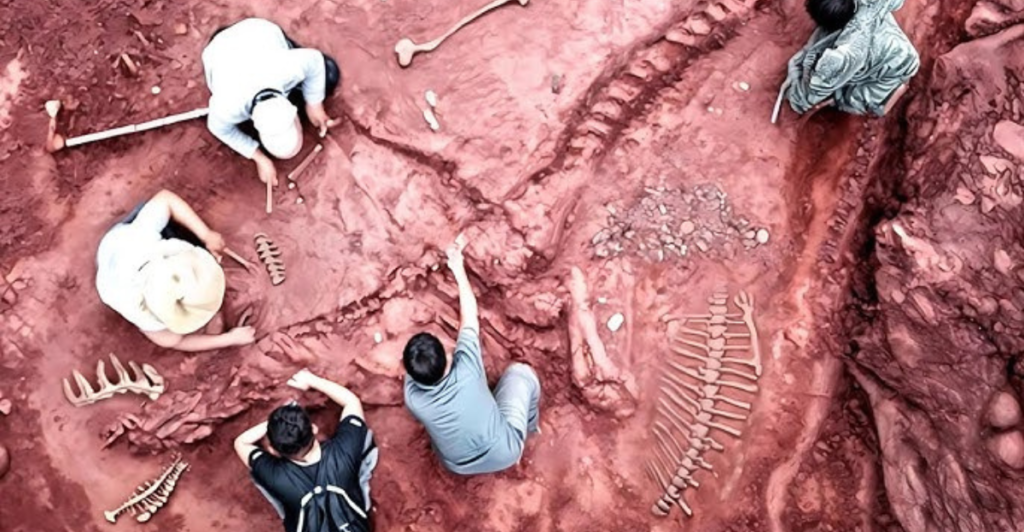
This discovery has forced paleontologists to reconsider traditional theories on extinction regarding diplodocoid sauropods. The previous conventional wisdom was that diplodocoids continued to decline and gave way to macronarian sauropods, such as titanosaurs, in the Cretaceous period.
However, the existence of rebbachisaurids, such as Cienciargentina sanchezi, in the Huincul Formation means that complex circumstances prolonged their coexistence, enabling ecological differentiation to prevail. This contradicts the idea of simple, linear replacement and implies that multiple sauropod clades evolved to fill different niches simultaneously.
These newly formed narratives emphasize the intricacy of extinction events and the capacity of certain lineages to survive and evolve, providing a richer understanding of how ecosystems respond to environmental change.
Patagonia to the World

The global distribution of rebbachisaurids is an extreme example of dinosaur dispersal and adaptation. Fossils for this group have been discovered not only in South America but also in Africa, Europe, and Asia, representing a wide geographic range during the Cretaceous period.
This broad geographic distribution links ancient continents and the ability of these sauropods to flourish in diverse environments. This particular discovery offers important evolutionary evidence for debates about continental drift, faunal exchange, and the timing of evolutionary radiation.
It also shows how extreme examples, such as widespread rebbachisaurids, can inform larger trends in dinosaur biogeography and ecosystem function during a period of extreme geological and climatic upheaval.
Lessons from the Fossil Record
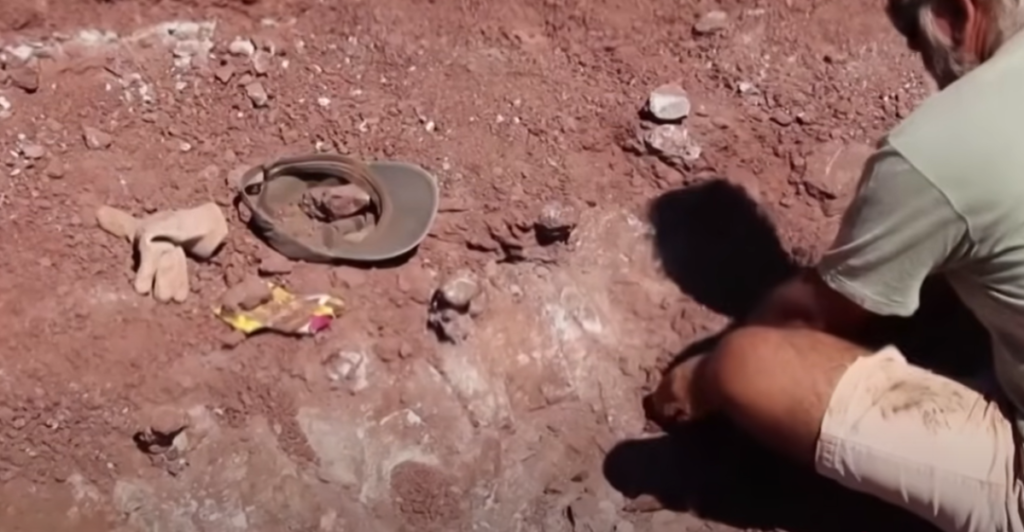
The discovery of Cienciargentina sanchezi reflects the evolving history of paleontological science. Early discoveries of South American rebbachisaurids were fragmentary and led to misclassifications or undervaluation of diversity.
It was decades later that increasingly more complete fossils emerged from regions such as Huincul and Candeleros, and scientists began to build a more accurate evolutionary narrative. The timeline of rebbachisaurid research is seen in the dynamic nature of science itself, with hypotheses shifting and knowledge growing with each new find.
This development, from isolated finds to increased understanding, demonstrates broader scientific themes: the importance of perseverance, collaboration, and technological advancement in uncovering the history of the Earth.
The Future—What Lies Beneath
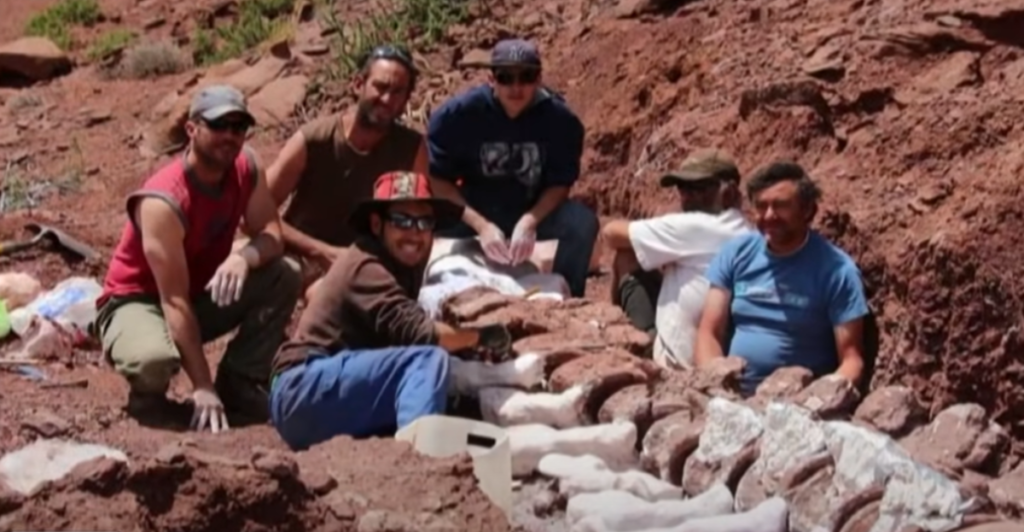
Cienciargentina sanchezi’s discovery is a strong reminder that much of Earth’s ancient history is buried beneath us and is yet to be discovered. With each new fossil found, holes in the evolution record are closed, and new questions about biodiversity, extinction, and adaptation arise.
As paleontologists continue to explore Patagonia’s fossil-rich formations and other global sites, they are likely to uncover more unexpected species that challenge existing paradigms.
This discovery exemplifies the enduring spirit of scientific inquiry and the endless potential for future breakthroughs. It encourages us to remain curious and open-minded about the mysteries that the fossil record still holds.
Explore more of our trending stories and hit Follow to keep them coming to your feed!

Don’t miss out on more stories like this! Hit the Follow button at the top of this article to stay updated with the latest news. Share your thoughts in the comments—we’d love to hear from you!


